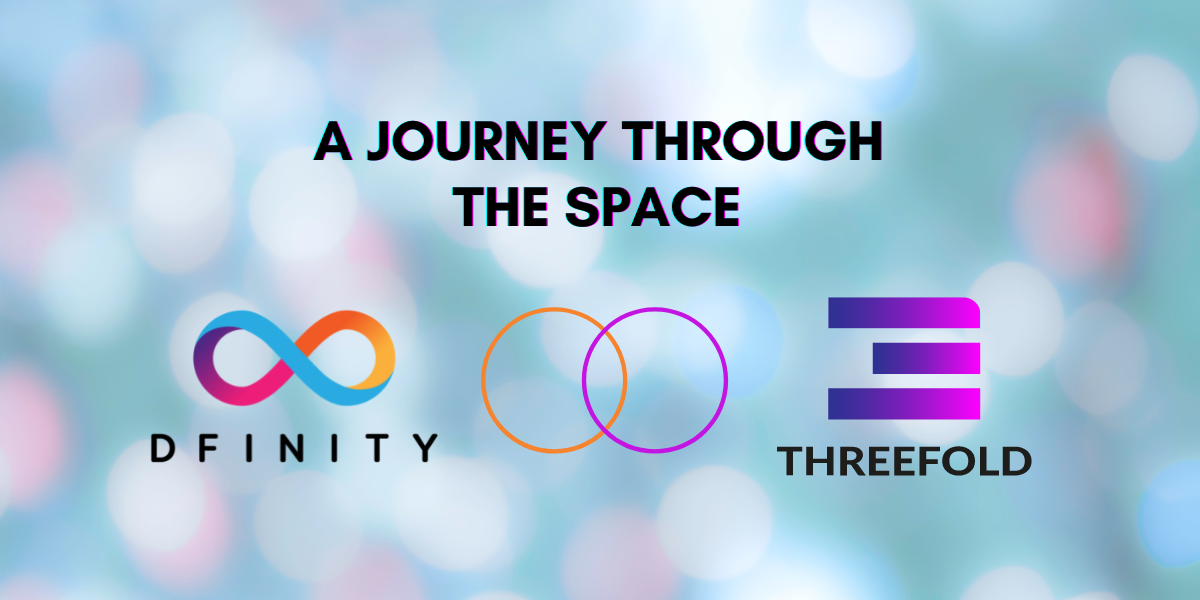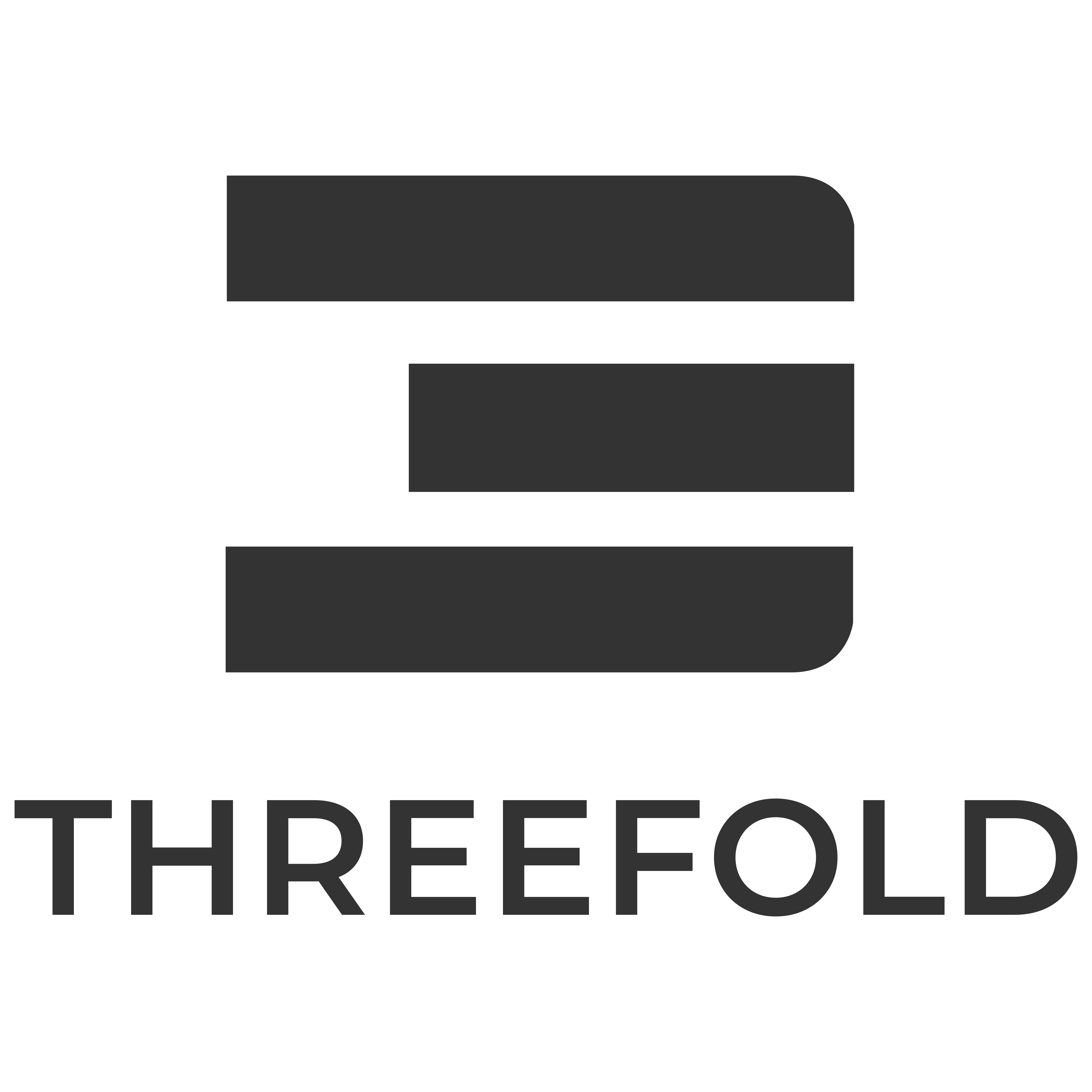A Journey through the Decentralization and Blockchain Space – Part One: Dfinity
This post is the first one in a series to explore fellow projects and their solutions with regards to what they share with ThreeFold but also where we differ. Follow me on my journey through the space. First up – Dfinity!

“This article was originally published by Hannah Cordes, a former member of ThreeFold Foundation.”
Whether you’re new to ThreeFold or have been around for a while, the decentralization and blockchain space can often be quite elusive and opaque with regards to what certain projects have to offer. Very clear, however, is the current market cap for aggregated decentralized compute and storage projects which exceeds 50 billion USD. Therefore, we decided to shed some light on the space and to show you how our solutions compare to those of other projects.
This post is the first one in a series to explore fellow projects and their solutions with regards to what they share with ThreeFold but also where we differ. Follow me on my journey through the decentralization and blockchain space to get a better understanding of where we are within the space. First up: Dfinity!
🔗The DFINITY Foundation & how it compares to ThreeFold
The DFINITY Foundation is a not-for-profit organization, founded in October 2016 by Dominic Williams and headquartered in Zürich, Switzerland. With a team of more than 200 people, Dfinity is developing the technology for the Internet Computer blockchain. It seeks to free the Internet from big tech and monopolization and return to the Internet’s open roots by offering a public blockchain on which systems and dApps can be rebuilt in a secure and scalable way.
As the term “rebuild” already indicates, Dfinity’s own SDK has to be used to build on their platform, whereas ThreeFold is highly compatible with industry standards tools and protocols (e.g. Linux-based workloads, S3, Docker containers, Kubernetes). This allows for existing applications to be easily migrated onto the ThreeFold Grid, while also offering unparalleled levels of security, privacy and decentralization. Moreover, Dfinity’s architecture is blockchain-based and offers a platform for dApps, while ThreeFold is based on its own operating system, Zero-OS, and is a platform for P2P network, storage and compute. The ThreeFold Grid uses a blockchain internally only where it is truly needed while also offering the missing capacity layer which enables every blockchain to become truly decentralized.
Another difference is that Dfinity is more about creating an ecosystem of independent data centers, whereas ThreeFold turns the data center model upside down by enabling anyone to become a node of the system. Even non-technical people can join the network with plug-and-play offerings through ThreeFold’s certified hardware partners. The ThreeFold Grid is therefore more inclusive and allows individuals to participate as well, which enables ThreeFold to scale an unlimited number of nodes, whereas Dfinity currently uses a limited set of existing data centers. The question remains of whether they will incentivise an easier way into their system. ThreeFold’s model is not only infinitely scalable but also can act as the ideal substrate for edge computing which is difficult for Dfinity to achieve with its more centralized structure. Also, Threefold’s self-driving and self-healing technology is unique in the space and removes the pain of having to monitor and maintain the nodes.
Furthermore, ThreeFold’s Zero-OS was created from scratch and its low-level design allows it to achieve unparalleled levels of security and decentralization. With VMs, Kubernetes, a next-generation container environment, and the Quantum Safe File System, ThreeFold’s offering is much more comprehensive than Dfinity’s canister offering. A potential collaboration, however, could be beneficial for Dfinity. By hosting their offerings on the ThreeFold Grid, Dfinity could benefit from ThreeFold’s fully decentralized and autonomous infrastructure.
🔗Conclusion
Both, Dfinity and ThreeFold, share the same ambition to revolutionize the Internet. While both provide a platform for dApps to be built upon, ThreeFold has a much more comprehensive and compatible stack. Therefore, Dfinity could benefit from moving to the ThreeFold Grid as an underlying infrastructure, rather than depending on their more centralized data center structure. In addition to that, their data center operators could also choose to become farmers on the ThreeFold Grid, while continuing to host Dfinity – without having to worry about system administration and maintenance as ThreeFold’s technology is fully self-healing. In that way they could finally run on a fully decentralized, energy-efficient, and self-healing infrastructure – and as Dfinity stated, they’re “committed to connecting those who believe the same”, so we hope to find the spirit of decentralization and collaboration in our future engagements.
Thanks for joining me on this journey throughout the decentralization and blockchain space. Stay tuned for the next stop: Akash!


